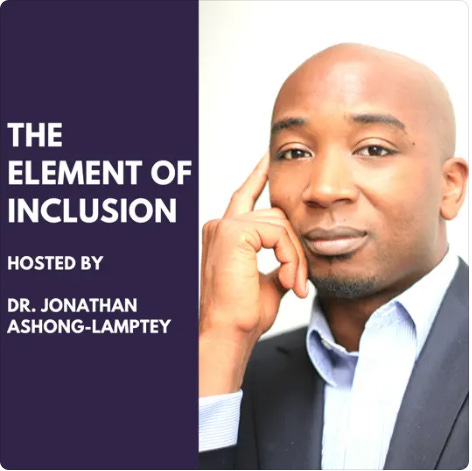When inclusion wins, everyone wins
In designing an Inclusion System, the intention is to construct your inclusion paradigm so that everyone can win.
Here are two ideas from my book, Reconstructing Inclusion: Making DEI Accessible, Actionable, and Sustainable and other texts I leaned on in writing it. In addition, I’ve included one quote, a book recommendation, and a video or article that has inspired or influenced me and hopefully will resonate with you, too. (That’s ✌🏿+ 💡📚➕).
Page 78, 79
"Management scholar W. Edwards Deming said, “It would be better if everyone worked together as a system, with the aim for everybody to win.” In designing an Inclusion System, the intention is to construct your inclusion paradigm so that everyone can win. I like to say, “When inclusion wins, everyone wins.” It is why I advocate for inclusiveness to be accessible, actionable, and sustainable. It must be viewed and designed systemically.
An Inclusion System is a vector in the development of a complex adaptive system. We can think about a vector in the sense of physics or epidemiology. If we take the example of physics, an Inclusion System in an organization will provide direction and momentum for complex adaptive systems. As the world has been introduced and overwhelmed with epidemiology and/or epidemiologists [of which I am one] since the coronavirus pandemic, I will use such an example as well.
In an epidemiological model, an Inclusion System would serve as a host for inclusive actions and habits—a vehicle to transfer inclusive skills, practices, policies, and behaviors throughout an organization.
An Inclusion System as a vector (keeping with the epidemiological metaphor) sits between change and equilibrium, or resistance to change. In one sense, it seeks to induce and inspire change with individuals, groups, and their environments. Simultaneously, it is managing the tension created by the introduction of change or disruption.”

Page 78
"Organizations of all sizes qualify as complex adaptive systems. Levels of complexity differ from firm to firm and generally correlate with degrees and dimensions of diversity. Given the constant state of market flux, they seek to find ways to go from change and disruption to a state of familiar equilibrium. Organizations and the individuals who are part of them seek to return to such equilibrium even when it won’t seemingly benefit them, at least not in the long term.
One could say that a robustly designed Inclusion System can contribute to making organizations what Nassim Taleb has coined as antifragile—leaning into and engaging with resistance, stressors, disruptions, and disequilibrium and catapulting forward because of such engagement."
💡A Quote
“In a living company, cohesion and diversity exist together. The company is clearly a unit, with a single identity; but the people and sub-structures within that unit show a rich variety. They are composed differently from each other; they have different characteristics and different potential. But they are all part of a cohesive whole.”
― Arie de Geus
📚A Book
Photo Credit: Amazon.com
The Living Company: Habits for Survival in a Turbulent Business Environment by Arie de Geus
➕A Podcast
Element of Inclusion, July 18, 2023. “The Illusion of Inclusion: How Diversity Reports Lie To You” by Dr. Jonathan Ashong-Lamptey
I hope this was helpful. . . Make it a great day! ✌🏿
In this episode of the ‘Reconstructing Inclusion’ podcast, we explore the current state of DEI, both within the United States and its global impact. While the U.S. has long been a significant influencer in DEI practices, recent developments have sparked debates about the direction and impact of these efforts. Some argue that the U.S. has been influential to a fault, while others believe there is room for more positive change.



